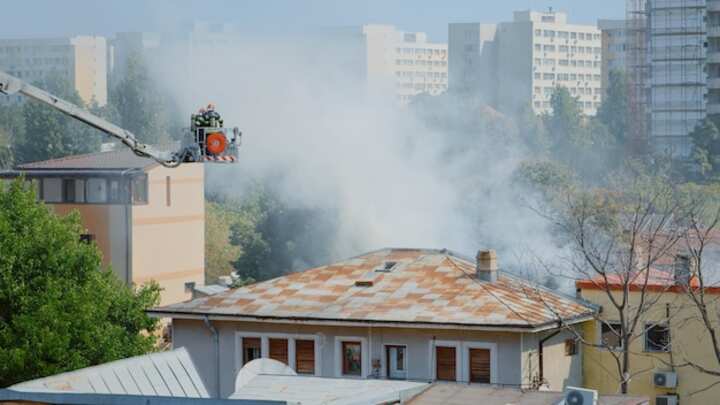
Comprehensive Fire Damage Evaluation for Property Owners
Experiencing a fire in any property can be a devastating event for property owners. Beyond the immediate trauma and distress, understanding the extent of damage and planning for restoration is a critical task. A comprehensive fire damage evaluation is essential to assess the scope of destruction and devise an appropriate recovery strategy. This article outlines key aspects of fire damage evaluation, providing a guide for property owners to navigate this challenging process effectively.
Understanding Fire Damage Evaluation
Fire damage evaluation involves a thorough inspection and assessment of a property affected by fire. It is crucial to determine the extent of structural damage, evaluate the safety of the building, and identify necessary repairs.
Key Components of Fire Damage Evaluation
- Structural Assessment: Evaluates the integrity of the building’s framework, including walls, floors, and roof. Identifying compromised structures is critical for safety.
- Smoke and Soot Damage: Assesses the impact of smoke and soot on surfaces, furniture, and fixtures. This type of damage can affect air quality and material integrity.
- Water Damage: Considers the consequences of water used in firefighting efforts, which may lead to mold growth and further structural issues.
For a detailed understanding of the fire damage evaluation process, read more about this topic.
Steps in Conducting a Fire Damage Evaluation
A systematic approach to fire damage evaluation ensures that all aspects of the damage are comprehensively addressed. Here are the primary steps involved:
Initial Inspection
The initial inspection involves a visual assessment of the property to identify visible damage and potential hazards. This step is crucial for determining immediate safety concerns.
Detailed Analysis
Following the initial inspection, a more detailed analysis is conducted. This includes:
- Using specialized equipment to detect hidden damage.
- Testing air quality and identifying contaminants.
- Evaluating electrical and plumbing systems for safety and functionality.
Learn more in this detailed guide about conducting a thorough fire damage evaluation.
Documentation and Reporting
Comprehensive documentation is vital for insurance claims and future restoration efforts. This includes:
- Taking photographs and videos of affected areas.
- Compiling detailed reports of damage and necessary repairs.
- Maintaining records of all evaluations and inspections.
Explore further insights here regarding documentation practices.
Benefits of Professional Fire Damage Evaluation
While property owners can conduct preliminary assessments, engaging professional services for fire damage evaluation offers several benefits:
- Expertise: Professionals have the knowledge and tools to identify and assess damage accurately.
- Safety: Ensures that all potential hazards are identified and addressed, minimizing risks to occupants.
- Efficiency: Streamlines the evaluation process, saving time and facilitating quicker restoration.
For more information on the advantages of professional evaluations, find additional information here.
Conclusion
Conducting a comprehensive fire damage evaluation is essential for property owners to understand the extent of damage and plan for effective restoration. By following a structured evaluation process and considering the benefits of professional assistance, property owners can ensure a safe and efficient recovery from fire-related incidents. For further guidance, find additional information here.